
This resource is a collection of words and definitions to assist in studying the Earth's structure.
- Subject:
- Science
- Material Type:
- Reading
- Provider:
- Utah Education Network
- Author:
- Utah Lesson Plans
- Date Added:
- 02/26/2019

This resource is a collection of words and definitions to assist in studying the Earth's structure.

The students will use a simulated rock and perform various tasks to see what actually happens to rocks and rock fragments as they undergo the transformations within the rock cycle. This lesson was developed by Richard Kidd as part of their completion of the North Carolina Global Educator Digital Badge program. This lesson plan has been vetted at the local and state level for standards alignment, Global Education focus, and content accuracy.
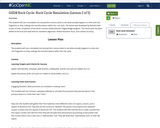
The students will use a simulated rock and perform various tasks to see what actually happens to rocks and rock fragments as they undergo the transformations within the rock cycle. This lesson was developed by Richard Kidd as part of their completion of the North Carolina Global Educator Digital Badge program. This lesson plan has been vetted at the local and state level for standards alignment, Global Education focus, and content accuracy.

In this series of activities, students explore the volcanoes of Mars in comparison with Earth, learn what they tell us about what is happening inside Mars, and review its history.

This unit focuses on the layers of the Earth and what causes movement in the layers. Students progress through a series of investigations using indirect evidence (models) and direct evidence, experiments, active learning experiences, researching using a variety of sources, questions, and assessments. Assessments include: pre-, post and 4 formative assessments.
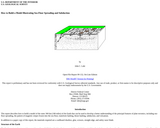
This report describes how to build a model of the outer 300km of the Earth that can be used to develop a better understanding of the principal features of plate tectonics, including sea-floor spreading, the pattern of magnetic stripes frozen into the sea floor, transform faulting, thrust faulting, subduction, and volcanism.

This resource is an article, with images, about the layers of the Earth.
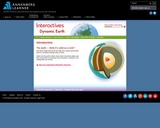
Students learn about the structure of the earth, the movements of its tectonic plates, as well as the forces that create mountains, valleys, volcanoes, and earthquakes.
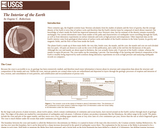
This informational online text describes the structure and composition of the layers of the Earth.

This resource is a compilation of text, videos, and other elements to create a scaffolded 5E learning experience for students. The resource reviews the interior structure of the Earth and forces that occur within the layers of the Earth.

In this lesson, students will take a simulated journey to the center of the Earth to learn more about the structure, material properties and conditions within the Earth's interior. As an optional extension, students can read Jules Verne's science fiction novel or watch the movie based on the book and make comparisons between the fiction and the reality.
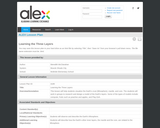
This lesson will help students visualize the Earth's crust (lithosphere), mantle, and core. The students will work in groups to research and design a model of the Earth's layers.

In this activity, students will use jawbreakers as a model of the Earth. They will also act out and represent the layers of the Earth.

Students create a labeled sketch of Earth's interior, read a variety of informational texts and complete a jot chart that will utilize available evidence to describe the Earth's interior layers and explain the role of thermal convection in the movement of Earth's materials. They will then create a model of the Earth's layers and present this model to their classmates, explaining the role of thermal convection in the movement of Earth's materials.
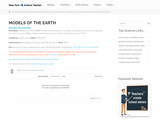
Students will use a peanut M&M to relate the thickness of the layers of the candy to the layers of the Earth. By applying pressure to the candy, students can observe the type of plate boundaries that are found on Earth.
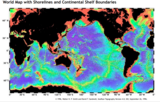
In this lesson, students are introduced to the theory of plate tectonics and explore how the theory was developed and supported by evidence. Through class discussion, videos, and activities, students seek connections between tectonic activity and geologic features and investigate how the theory of plate tectonics evolved.

Students will devise a model of the layers of the Earth to scale using cash register tape.
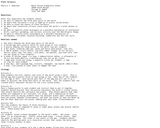
Students will conduct a series of activities to learn more about the structure of the Earth and lithospheric plate movement.

This course was created by the Rethink Education Content Development Team. This course is aligned to the NC Standards for 6th Grade Science.

This course was created by the Rethink Education Content Development Team. This course is aligned to the NC Standards for 6th Grade Science.